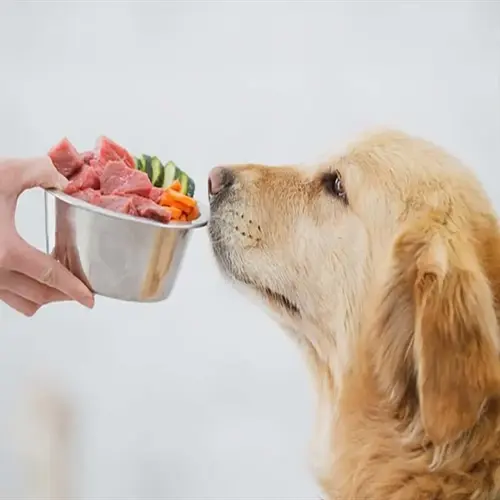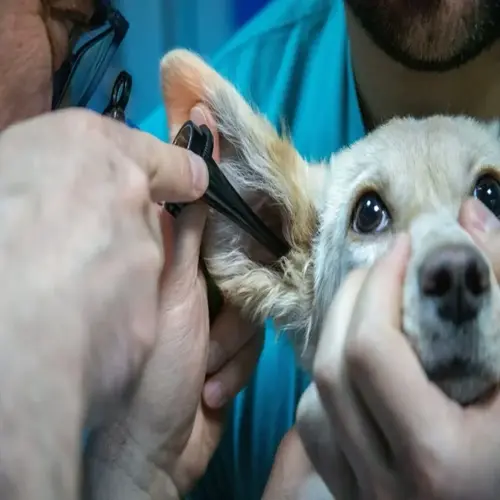What defines a no-pull dog harness?

Written by
Elin Eriksson
Reviewed by
Prof. Edward Clarke, Ph.D.The *no pull dog harness* has sophisticated engineering designs that change force direction appropriately when the dogs pull instead of mechanically injuring the dog as traditional harnesses do. But instead of causing pain by other means, these designs use light pressure and manage to turn all forward momentum sideways gently, while protecting the trachea from harm.
Force Redirection
- Front chest ring turns forward motion sideways
- Distributes pressure across sternum not throat
- Prevents choking during sudden lunges
- Uses body's momentum against itself
Martingale System
- Gently tightens only during pulling
- Releases immediately when tension stops
- Provides clear feedback without pain
- Adjustable sensitivity for different dogs
Pressure Distribution
- Sternum padding spreads force evenly
- Prevents localized pressure points
- Wide chest bands protect delicate bones
- Cushioned interior prevents chafing
Correct fitting is necessary for the mechanism to function effectively. When measuring, measure from behind the front legs at the time of breathing out. The chest strap should be 1" below the shoulder blades. The two-finger test should be made under all straps. Shoulder movement should not be restricted.
The materials you choose will affect effectiveness and comfort. Reinforced nylon holds up under strong pulling forces. Neoprene padding provides comfortable cushioning during corrections. Reflective strips improve safety during walking at night. Stay away from thin straps that dig into the skin.
To improve outcomes, combine with positive reinforcement training. Praise and reward your dog the instant it walks at your side on a loose leash. Use consistent verbal cues, such as 'easy'. Start in low-distraction environments first. The harness helps to train safely and effectively.
As pulling decreases, you can begin to transition out of no-pull harnesses. With a dual-clip harness, you can switch to using the back clip instead of the front clip. After this, you can begin to introduce standard harnesses on short walks. Continue to train your dog to reinforce good habits.
Read the full article: Dog Harness Types: Essential Guide

